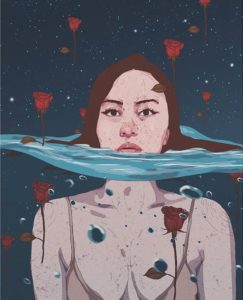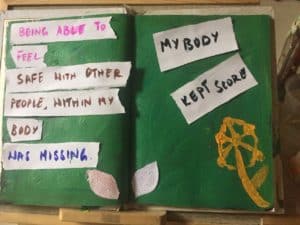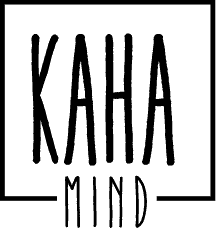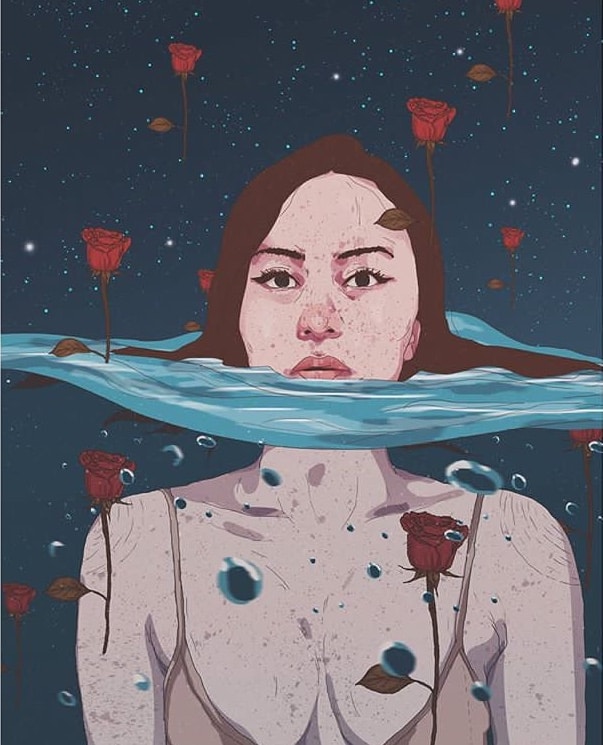
The first time I came across this was in a doctor’s office when she hinted that a mental health condition, once diagnosed as PTSD, had something to do with how I felt pain in my physical body – chronic pain or fibromyalgia. It seemed to me at that time a version of ‘it’s all in your head’. I was repulsed by the words and I shrugged it aside. I had been convinced that something in my reports, tests, (or magical parallel universe) would reveal the cause of my pain; that I wouldn’t be sitting here repeatedly told I was imagining it all.
What I didn’t realise then, or for a while later, was the two statements I had subsumed as one were drastically different things. One dismissed my experience and the other validated ALL my experiences. The acceptance of the idea came to me in the midst of a raging panic attack. My entire body clenched up and I felt shooting pain consume me. I was crying and clutching my heart wrists. My mind was afraid and my body had responded by attempting to shield it. Ah, this was what the doctor meant. A physical reaction to a threat in my mind.
Bessel Van Der Kolk in his book The Body Keeps Score wrote, “The critical issue is reciprocity: being truly heard and seen by people around us, feeling that we are held in someone else’s mind and heart. For our physiology to calm down, heal and grow we need a visceral feeling of safety.”
I spent several days running these words over and over again in my mind. Truly heard. Seen. Held in someone’s mind. Heal. Grow. Safety.
My brain was constantly letting out warning signs, a malfunctioning smoke detector. Resulting in deep struggles in my mind. A lack of safety. A constant flight or fight mode. My body was shrinking away from the world, because my mind and body were connected. How could I make connections that would allow me to be seen? How could I sustain the connections I do make? How do I communicate a physical pain only I can feel? How do you say it hurts, when you’ve been taught to deal with pain better, to bootstrap your way to ‘health’? How do you convince yourself it is real when you’ve heard too many doctors say it’s in your head? What does all in my head even mean?
Being ill physically for a few years changed my relationship with my mind. I had been struggling to make peace with my aching body when I realised that I was avoiding my body and only paying attention when my pain demanded it. My mind was a shipwreck because of the emotional whirlpool my body had undergone.
Most of my healing and reconciliation with my body, mind are a result of showing up in the therapy space. I was fortunate after years of looking to find someone who worked with me on my emotional and physical pain, without dismissing it.
Therapy allowed me a space to fall apart; to be wrong; to be harsh; to be right; to be seen; to question everything with kindness; to nudge myself to enjoy the better days; to handle my bad days. It helped me understand how I needed to be there for myself. It gave me questions to ponder on for the good days and a warm blanket to comfort myself with on the awful days.
I know this sounds simple – of course the mind and body are connected. Pfft. What is so hard to process in this? Only years of accumulated trauma that I had no way of highlighting. Trauma that I didn’t learn to name because of therapists who told me it wasn’t ‘so bad’. In many ways, I learnt to struggle to find a safe space, a kind voice, to have a closer relationship with my body. One where I observe the warning signs, breathe into the shrinking, notice the knotted muscles – helping me be more present with my warring body and mind.
But mostly after years of breakdowns, shutdowns, doorslams, I have built an ongoing relationship with my body and mind where I learn to trust myself (a bit – work in progress?); to believe in possible safe spaces (within me and outside); to know that in my head is as real and tangible as in my body (thank you, therapy and books).
I am learning to befriend my body, its many mysteries, its everyday traumas, so I can witness myself on this curve of healing. Because, it all begins with being seen. Especially by me.

I return again and once again to these words by Rainer Maria Rilke which in many ways define this healing and therapeutic journey I walk: Fear not the pain. Let its weight fall back / into the earth; / for heavy are the mountains, heavy / the seas. // The trees you planted in childhood have grown / too heavy. You cannot bring them along. / Give yourself to the air, to what you cannot hold. // Sonnets to Orpheus I, 4
About the author-
Srinidhi works on women’s rights, child rights and on disability. She is an introvert, loves poetry, writing and cats+dogs.

